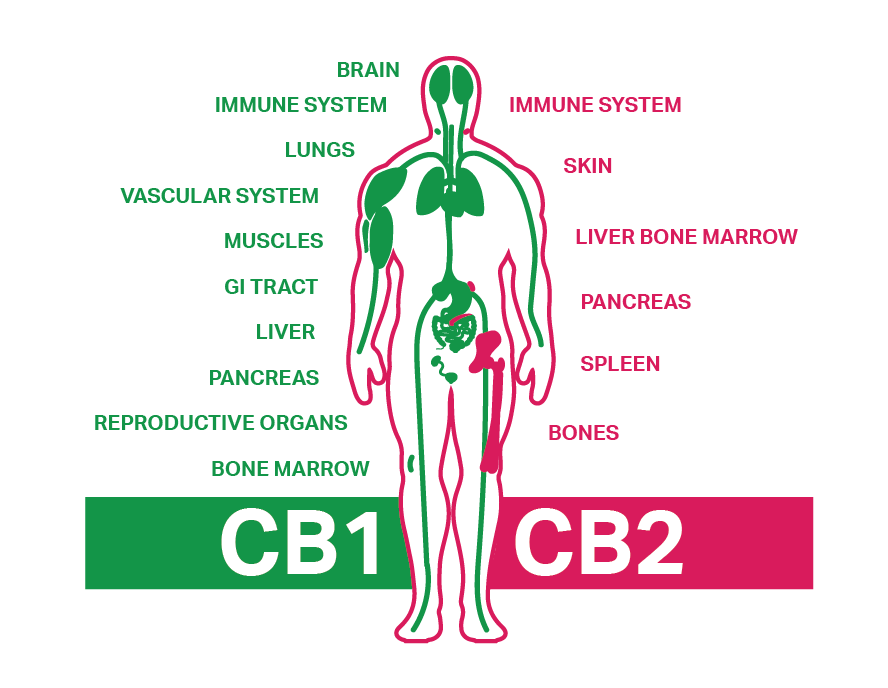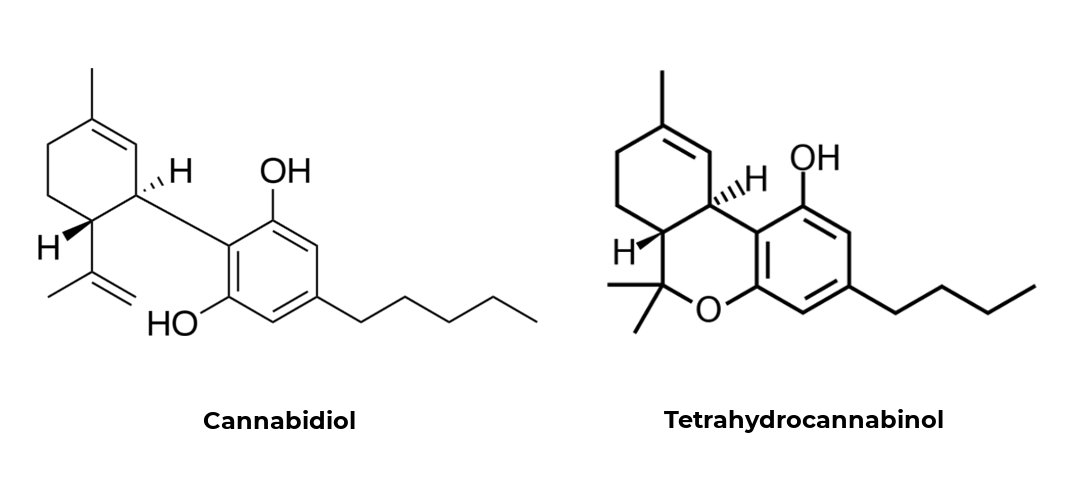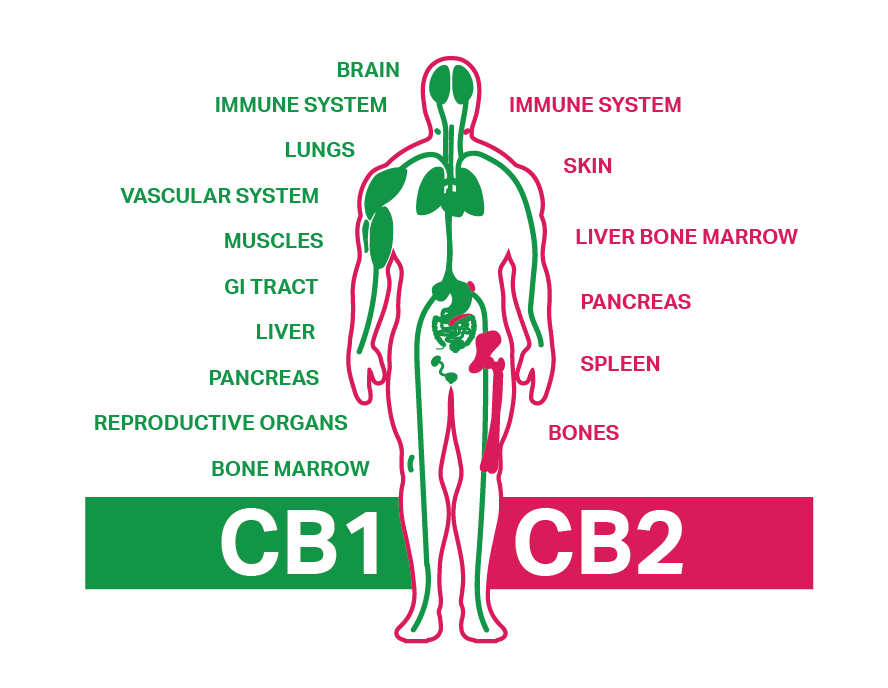The endocannebenoid system -or short ECS- is a biological system, Found in the human body and composed of Endocannbenoids which are Endogenous macro-biomolecules that are created by the body itself and that bind with cannabinoid receptors in the body in order to satisfy some needs.
According to wikipedia
The endocannabinoid system (ECS) is a biological system composed of endocannabinoids, which are endogenous lipid-based retrograde neurotransmitters that bind to cannabinoid receptors (CBRs), and cannabinoid receptor proteins that are expressed throughout the vertebrate central nervous system (including the brain) and peripheral nervous system.The endocannabinoid system remains under preliminary research, but may be involved in regulating physiological and cognitive processes, including fertility, pregnancy, pre- and postnatal development, various activity of immune system,appetite, pain-sensation, mood, and memory, and in mediating the pharmacological effects of cannabis.
It was first discovered in the 1990’s when experimenting with THC (The compound found in the recreational cannabis)
The ECS System is still a subject of studies, as experts are still trying to crackdown all the aspects about this system found in the human body (or any creature thst has it), But so far, we discovered that it plays a major role in regulating apetite, Sleep, Mood, Reproduction and fertility and it’s always active due to the natural production of cannabinoids in the human body which are called endogenous cannabenoids, Which we have already identified a couple of them, they go by the names :
-
- anandamide (AEA)
- 2-arachidonoylglyerol (2-AG)
The body produces them as needed by the system to keep it on track.
The main two cannabenoid receptors in the body are
- CB1 which are mostly found in the central nervous system
- CB2 which are found in the peripheral nervous system such as immune cells
As everything else, The cannabenoids needs to be broken down by the system, this brings us to enzymes which are responsible for breaking down the Endogenous cannabenoids, The main two enzymes for this role are :
-
- fatty acid amide hydrolase, which breaks down AEA
- monoacylglycerol acid lipase which breaks down 2-AG
CB1 And CB2 Receptors :
CB1 receptors are located in the brain and throughout the body, while CB2 receptors are found mostly in the immune and gastrointestinal system; although CB2 receptors are also found in the brain, they are not expressed quite as densely as CB1 receptors
According to Labroots.com
THC, CBD And CB1, CB2 Receptors

Read more at: https://www.3alkeef.com/med/2020/06/53/
THC Or Trans-Delta9-Tetrahydrocannabinol (Sounds like a name of a robot)
Is the main substance that’s found in recreational cannabis, Binds with the CB1 Receptor which creates the feeling of being High (Or stoned as the 420 culture calls it) it also bunds with the CB2 receptor which gives it some health benefits, Although as CBD (Knows as cannabediol) Binds with CB2 Receptor, It blocks the THC leaving it away fron the CB1 receptor because of the kind of interaction the CBD has with the CB1 receptor but it does not bond directly to the CB1 receptor.
While CBD and THC both bind to the CB2 receptor, they interact with the CB1 receptors in different ways.
Because of its molecular structure, THC is able to bind directly with CB1 receptors. When this bond is formed, the reaction creates signals that are sent to the brain, which results in the psychoactive effects of “getting high.”
In stark contrast, research shows that CBD does not bond directly with the CB1 receptor, and its presence can even negate the bond between THC and the CB1 receptors, effectively neutralizing the psychoactive effects induced by THC
Source : CBDOrigin.com



what of the us population take cbd?